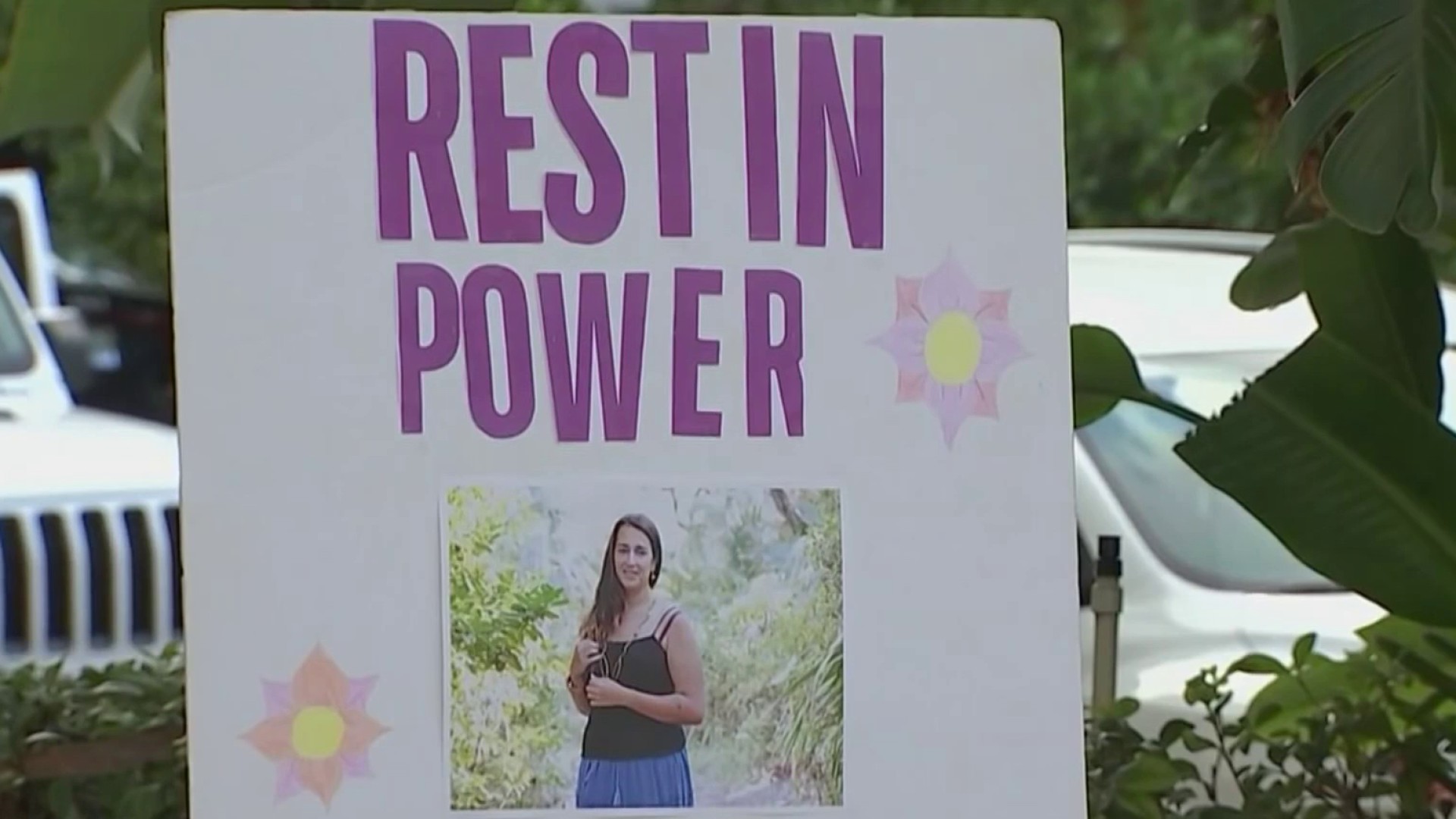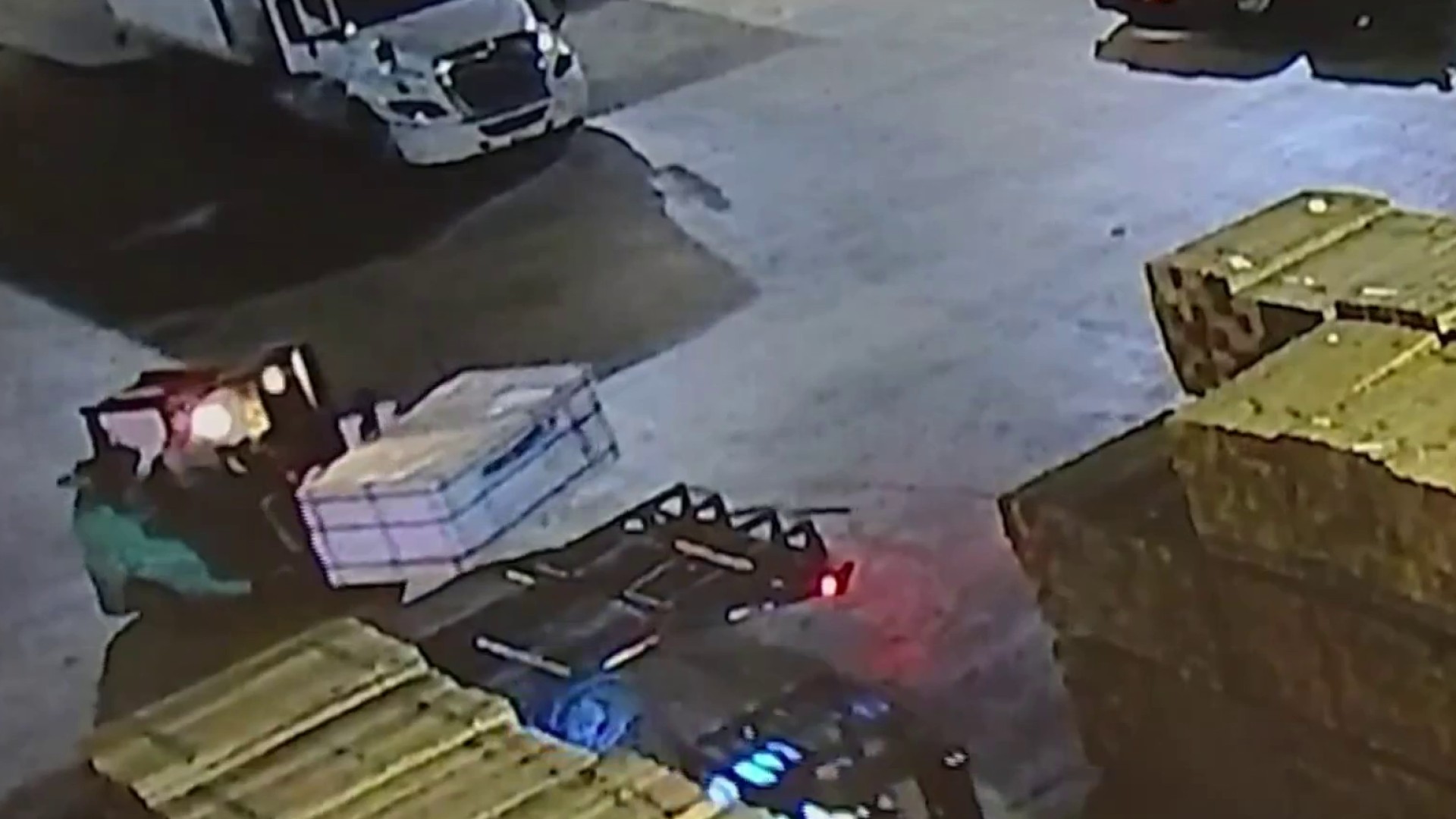In the midst of the unprecedented wildfire devastation in Australia, an unfathomable wildlife catastrophe occurred. The fires overtook 27 million acres of landscape and with it the animals that live there. Scientists estimate more than a billion individual animals have been lost on the Australian continent during the 2019-2020 bushfire season.
“We’re talking about not thousands of animals, not hundreds of thousands of animals, not millions of animals, but billions of native animals lost,” said Chief Photographer of the Sydney Morning Herald Nick Moir.
The unique and rich biodiversity of Australia is unmatched worldwide. Many of the animals in the path of the expansive bushfires exist nowhere else in the world.
“So that means that Australia has an enormous custodial role to protect the biodiversity that’s here. Not only for the nation itself, but for the rest of the planet,” said David Lindenmeyer, an ecologist at Australia National University.
Climate Science Communicator David Holmes of Monash University echoes Lindenmeyer’s concern.
“So you’ve got this beautiful ecology in Australia that’s just millions of years old," Holmes said. "That so many types of animals have been destroyed. In some cases, there’s been extinction events already, and it remains to be seen just exactly what that is going to do for our sense of identity in Australia.”
Local
Two of Australia’s unique animals, the koala and the kangaroo, are beloved cultural icons for the country. They are also two of the hardest hit by the unprecedented blazes.
Kangaroo Island is a celebrated wildlife sanctuary and tourism hot spot situated just off the coast of Adelaide, Australia. The island was left unrecognizable, and an estimated 30,000 kangaroos and 50,000 koalas died.
On New Year’s Eve, blazes ripped across the south coast of Australia, where Rae Harvey runs the Wild 2 Free Kangaroo Sanctuary. Harvey has dedicated her life to the marsupial, so much so that she stayed at the property until the flames were at her doorstep. The fire blasted through the sanctuary, burned her home down and threatened her life. Eventually, Harvey was forced to flee by boat and watch as the peninsula that she and her kangaroos called home was engulfed in fire.
I’m only here for (the animals) ... many other wildlife carers down here feel like it’s their responsibility to keep them alive.”
Rae Harvey, Wild 2 Free Kangaroo Sanctuary
“I thought they were all going to be dead. Every single one. I didn’t expect even one survivor," Harvey said.
Much to her surprise, there were many survivors. Most of the returning kangaroos had injuries, and the dedicated wildlife carer is again helping the animals rebound.
Harvey’s dedication is unwavering.
“I’m only here for them," she said. "It would be easy to walk away from all of this. So now it’s my job, and many other wildlife carers down here feel like it’s their responsibility, to keep them alive.”
Nick de Vos of Taronga Zoo in Sydney is one of the many people who have pitched in to care for koalas rescued from scorched areas.
“It’s devastating, obviously, to see it in masses like that, and trying to work out how they can come back from this," de Vos said. "It’s not just mosaic burns. It’s like mass burns through crucial habitats, so it is quite dire."
The 12 koalas being cared for by de Vos and the rest of the team are disease-free, making them genetically significant to the future of the species. With an unexpected break in the fires, scientists and researchers were able to track the location of the group of koalas and ensure their safety from the fires. These koalas will eventually be released back into the wild.
The impacts on the koala population aren’t short-lived.
“The koala before drought, before the fires, was already a species of challenge," de Vos said. "There was potential that koalas could become extinct in the next 30 years with current land-clearing regimes and habitat destruction that’s going on. So, these bushfires have really just elevated that."
Any animals that have survived the fire now face the challenge of combating invasive species and surviving on a limited food supply.
“So a koala lives in eucalyptus trees, and it feeds on the leaves from those trees, so when they burn, that means that their habitat is limited and the food is even worse," de Vos said.
Expanding metropolitan areas and development threaten koalas as well. With less land to choose from, a population bottleneck is caused by more of the animals packed into smaller areas.
“So then, when a fire goes through, instead of taking a small portion of a population out, it takes a large number out. So, it basically makes it tenfold, the issue," de Vos said.
The ultimate threat to the kangaroos, koalas and many of the world's animals comes in the form of climate change.
“This wasn’t an ordinary fire. This was a climate change disaster and a tornado,” Harvey said emotionally.
When asked what climate change means for the koala populations, de Vos stresses that it doesn’t look great if things continue the way they are.
“Drought for a koala isn’t great. It means they need to access low-lying trees in gullies and things, so it restricts their habitat quite significantly,” he added.
Throughout history, plants and animals have evolved to combat a changing environment. The difference in modern times is the speed at which the environment is changing.
“Over the years, every plant and animal has adapted to its environment, and if it slowly changes, they will also slowly adapt to it. It’s when they quickly change, then they don’t have time to adapt, and you could lose species just like that,” forestry expert Chris Brack explained.
“We’ve seen animals that are already extinct because of the changing climate," Lindenmeyer said.
Average global temperatures have warmed by 1° so far. A 2019 report from the Intergovernmental Panel on Climate Change highlights some of the impacts to biodiversity and ecosystems with 1.5° of warming. Of the 105,000 studied species, 8% of plants, 6% of insects and 4% of vertebrates would see their geographical range reduced by more than half, ultimately changing our pollinating process, with trickle-down effects for agriculture.
“Plants and animals used to think spring was safe. It was wet, lots of food around. It’s when you build your nest, have your babies. Babies can’t cope with fire. Fire comes in the spring. Suddenly their entire population disappears. That entire generation is burnt out," Brack said.
South Florida is really ground zero in the United States when it comes to climate change.
Ron Magill, Zoo Miami
The future of South Florida plant and animal species isn’t much different than Australia’s.
“South Florida is actually a mirror of that, when you look at us," Zoo Miami’s Ron Magill said. "South Florida is really ground zero in the United States when it comes to climate change and what climate change can do to this incredible place that we live in.”
While the animals of Australia face the danger from fire, the biggest threat to South Florida’s wildlife stems from water.
“Sea level rise.. This is something that’s probably the single most catastrophic potential here in the state of Florida," Magill said. "One-foot sea level rise will wipe out half of the habitat where most of the animals live in the Everglades. One of the most obvious examples of this is the Key Deer. Here’s an animal that lives basically on a key that’s only a few feet above sea level. One foot rise in sea level could wipe out the entire population of key deer.”
The wildlife disaster happening in Australia is just one of the warning signs to the rest of the world with numerous lessons to be learned.
“Protect your animals. Don’t let progress get in the way of nature. Nature’s really important. And protect it with everything you’ve got. Because this was called the nature coast. Now it’s gone. Don’t let yours go. Because we’ve lost ours. And I’m heartbroken,” Harvey said through her tears.



